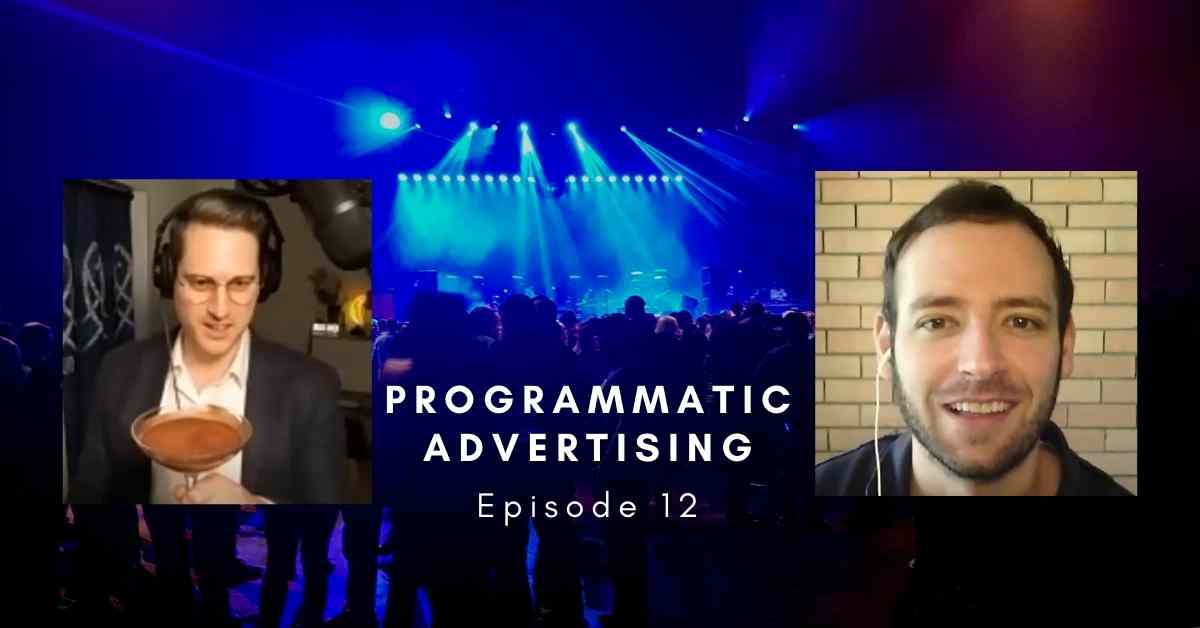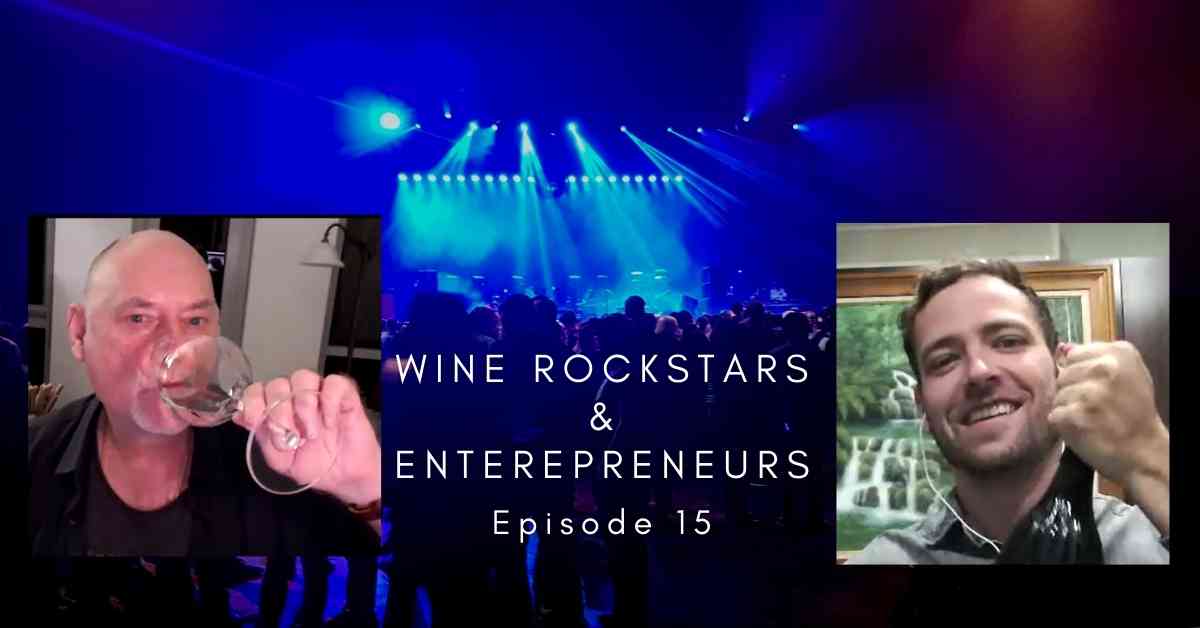
The Champagne Strategy Podcast – Episode 12 – Keaton Hulme Jones
5693 Views
One of the most difficult subjects for website owners to get their head around would have to be SEO. Here’s why.
Unless you are one of the handful of people (under 100) in Australia who can manipulate Google’s algorithm effectively, 99% of SEO services would undoubtedly offer a website owner value that is….well dubious to say the least. Unfortunately, some of the largest agencies and SEO ‘specialists’ are the worst offenders.
Due to popular demand, we’ve written a quick guide. So if you are after the high performance side of the equation, you know what to look for.
We can’t re-iterate this enough. You need to collate a comprehensive list of quality search phrases aka Keywords from the onset.
Get a good rank tracking program to find out where you are ranking for your chosen phrases. However, this is where things get a little tricky. Search results are dynamic and complex.
SEO onsites are again quite variable. Amateur SEO techs will harp on about meta titles, meta descriptions, permalink structures, inter page linking and basic page content.
Better SEO techs will take it a lot further investigating everything from specific keyword density, the website code and obscure details such as XX, XX and XX. Sorry we’re not going to tell you.
The point is, that there are over 240 ranking factors. Some have a subtle affect, some major. Experienced professionals will know a lot more than your average operation. The pool of experienced SEO techs in Australia is extremely limited so you have a low chance of finding anyone decent unless you are in the SEO community.
The Penguin side of Google’s algorithm looks at links. Unfortunately, links are not libertarians at heart and such are not created equally. There’s simply too much to discuss here in terms of what constitutes a high quality link vs a low quality one. Let’s just say there’s a lot more to it than Page Rank and follow vs no follow links. You really need a professional to help you out here.
With that said, quality over quantity is key here. So next time you consider that 100 social book marketing link package or spend 4 hours signing up to the same bunch of directory sites that everyone else uses, think again.
It never hurts to add new content to your site and change things around. Create new pages. Change your menus to reflect what your customer wants. Get rid of areas that aren’t working and keep the ones that do.
Using Google Analytics or other traffic tracking programs is a great way to improve upon what you already have in place. Strive to give more of what your visitors want and less of what they don’t want.
James Hammon & Co targets positions 1-5 on page 1 for the most competitive phrases in each industry using high performance techniques which have sustained longevity. Contact us if your brand needs more visibility.

